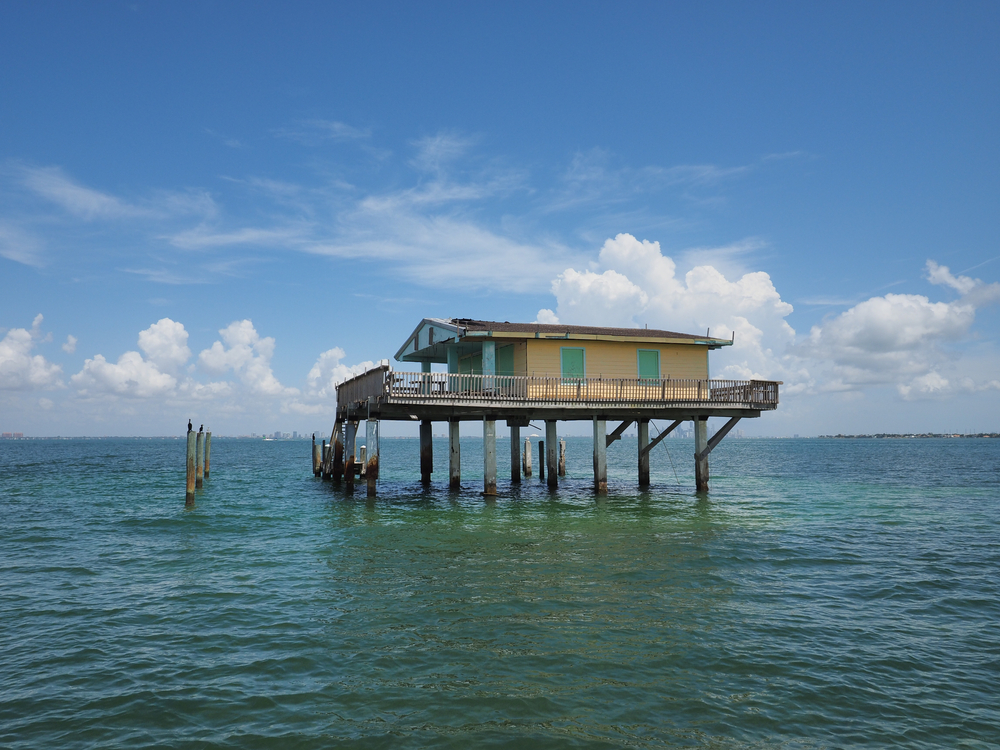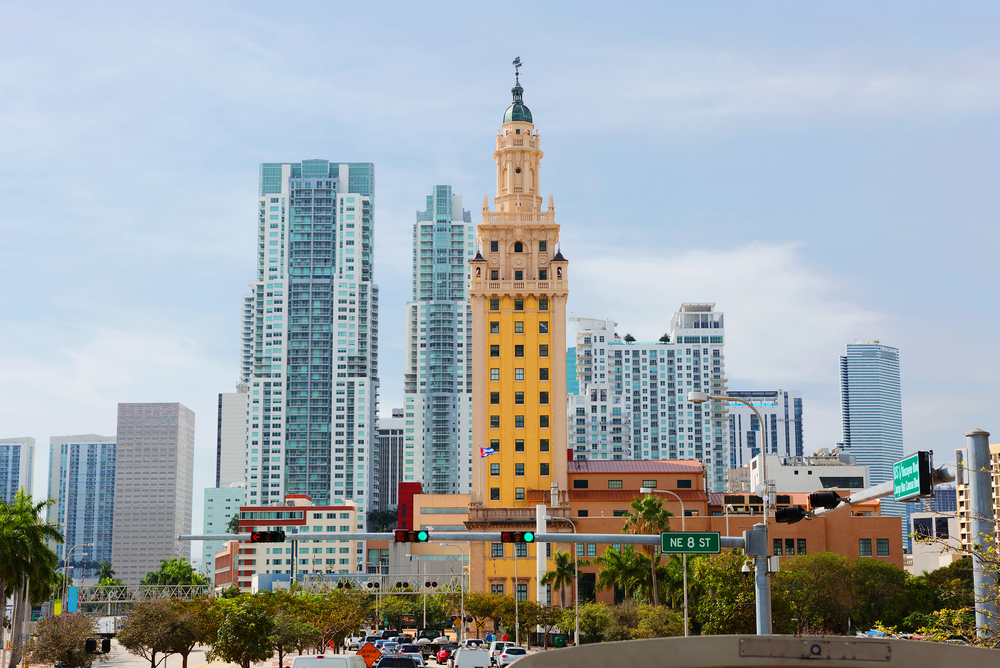Miami Beach Botanical Garden, nestled in the vibrant city of Miami Beach, serves as a serene haven that contrasts sharply with the bustling urban environment surrounding it. This 2.6-acre subtropical garden not only provides a peaceful retreat but also plays a critical role in the conservation of a variety of plant species and serves as an educational resource for the community and visitors alike. In this detailed profile, we will explore the history, features, flora, educational programs, and the crucial role of the Miami Beach Botanical Garden in urban ecology and community engagement.
History and Development
Founded in 1962, the Miami Beach Botanical Garden was created with the vision of providing a green space that could offer both educational and therapeutic benefits to the public. Over the years, the garden has undergone several transformations to enhance its appeal and functionality. A significant renovation occurred in 2011, led by landscape architect Raymond Jungles. This renovation was aimed at revitalizing the garden’s landscapes while improving its ecological sustainability. The redesign included the installation of native plants, a water garden that reclaims rainwater, and artistic elements that blend natural beauty with cultural expressions.
Location and Accessibility
Located at 2000 Convention Center Dr, Miami Beach, FL, the garden is easily accessible to residents and tourists. It is situated near the bustling areas of South Beach and the Miami Beach Convention Center, making it a convenient escape to nature amid the urban landscape. The garden is open to the public with free admission, although donations are encouraged to help maintain its operations and programs.
Garden Layout and Key Features
The layout of Miami Beach Botanical Garden is thoughtfully designed to showcase a variety of ecosystems and thematic zones. Key features include:
Tropical and Native Plant Collections
The garden boasts a rich collection of tropical flora, with a strong emphasis on native species that promote biodiversity and support local wildlife. It features an array of palm trees, cycads, orchids, and bromeliads, each contributing to the tropical allure and ecological function of the garden.
Japanese Garden
This tranquil area features elements typical of a traditional Japanese garden, including a red bridge, a carefully curated selection of plants, and a peaceful koi pond, providing a space for reflection and meditation.
Edible Garden
The edible garden demonstrates sustainable gardening practices by growing vegetables, herbs, and fruit trees. It serves as an educational tool for visitors to learn about the sources of their food and the importance of local farming.
Water Features
Central to the garden’s design is the water garden, which uses native aquatic plants and innovative landscaping to cleanse and recycle water. This not only conserves water but also provides habitat for local wildlife.
Educational Programs and Community Engagement
Miami Beach Botanical Garden is committed to education and community engagement through a variety of programs:
Workshops and Classes
The garden hosts workshops on gardening, composting, and eco-friendly practices, catering to both adults and children. These sessions are designed to empower individuals to adopt sustainable practices in their own gardens and daily lives.
Cultural Events
The garden serves as a venue for cultural events like concerts, art exhibitions, and festivals, which attract diverse audiences and enrich the community’s cultural landscape.
Volunteer Opportunities
Volunteers play a crucial role in the maintenance and operation of the garden. Opportunities include garden maintenance, event staffing, and educational program assistance, providing valuable experiences in horticulture and conservation.
Conservation and Sustainability Efforts
Miami Beach Botanical Garden is deeply engaged in conservation through its practices and partnerships. It participates in local conservation efforts and promotes biodiversity by maintaining habitats that support local wildlife, including birds, butterflies, and other beneficial insects.
Future Outlook
Looking to the future, Miami Beach Botanical Garden plans to expand its educational offerings and continue enhancing its landscapes to support more native species. The garden aims to be a leader in urban ecological practices and a model for other cities looking to integrate nature within their landscapes.
Conclusion
Miami Beach Botanical Garden is more than just a green space; it is a vibrant community hub that educates, engages, and inspires. Through its beautiful landscapes, educational programs, and commitment to sustainability, it plays a pivotal role in enhancing the quality of urban life in Miami Beach. Whether you are a local resident or a visitor, the garden offers a unique opportunity to connect with nature and learn about the importance of environmental stewardship right in the heart of Miami Beach.









